RSS
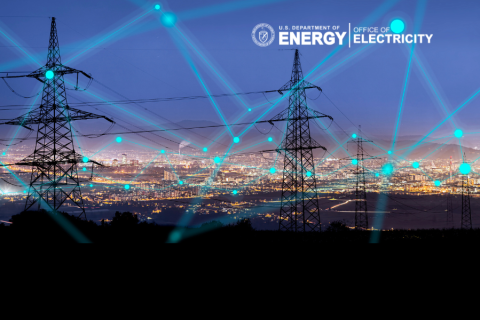
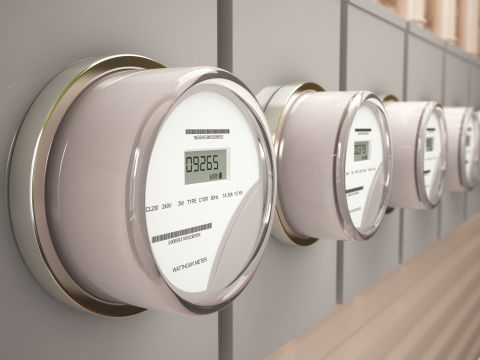
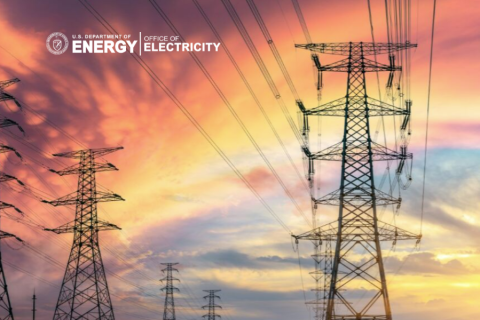




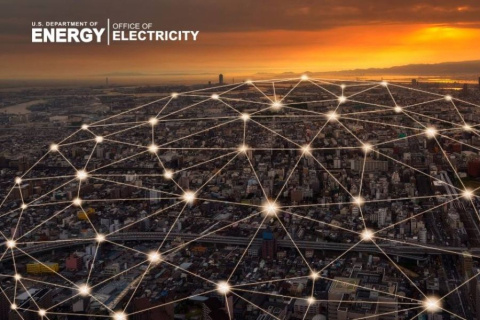
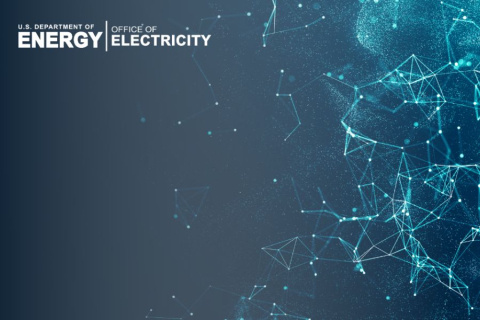
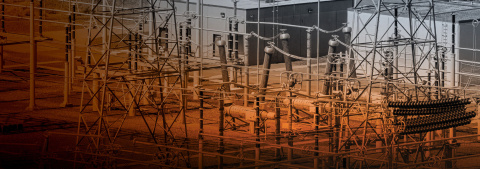

If I asked you to envision the electric grid, you would probably think of a big, complex, physical system with lots of steel, copper, and concrete: towers, wires, transformers, and power plants.

A future-ready grid requires infrastructure with the latest technology, including everything from complex devices compatible with digital technology to fundamental components. Grid-enhancing technologies (GETs) will help prepare the grid of the future.

High-Voltage Direct Current (HVDC) transmission has significant advantages compared to conventional alternating current (AC) line.
The U.S. Department of Energy’s (DOE's) Office of Electricity (OE) today announced the three Phase 2 winning teams of the American-Made Digitizing Utilities Prize.

Energy storage is a key part of a future-ready grid. The power grid is getting pulled and pushed in new directions every day from weather, electrification, and renewables.

The Office of Electricity’s (OE) Grid Systems and Component Division ensures that the nation’s electric grid can accommodate and support all electrical generation sources and loads.

In the rapidly evolving landscape of energy consumption, electricity has become the driving force behind not only our homes and communities, but also our vehicles, economy, and national security.

The U.S. Department of Energy’s (DOE’s) Office of Electricity (OE) today announced the new members of the Electricity Advisory Committee (EAC).

The U.S. Department of Energy (DOE) today announced a notice of intent (NOI) for the Office of Electricity to issue a $4 million funding opportunity announcement (FOA).

NREL software engineers developed a new platform named AGILE, or Autonomous Grids – Identification, Learning, and Estimation, thanks to funding from the Department of Energy's Office of Electricity.

